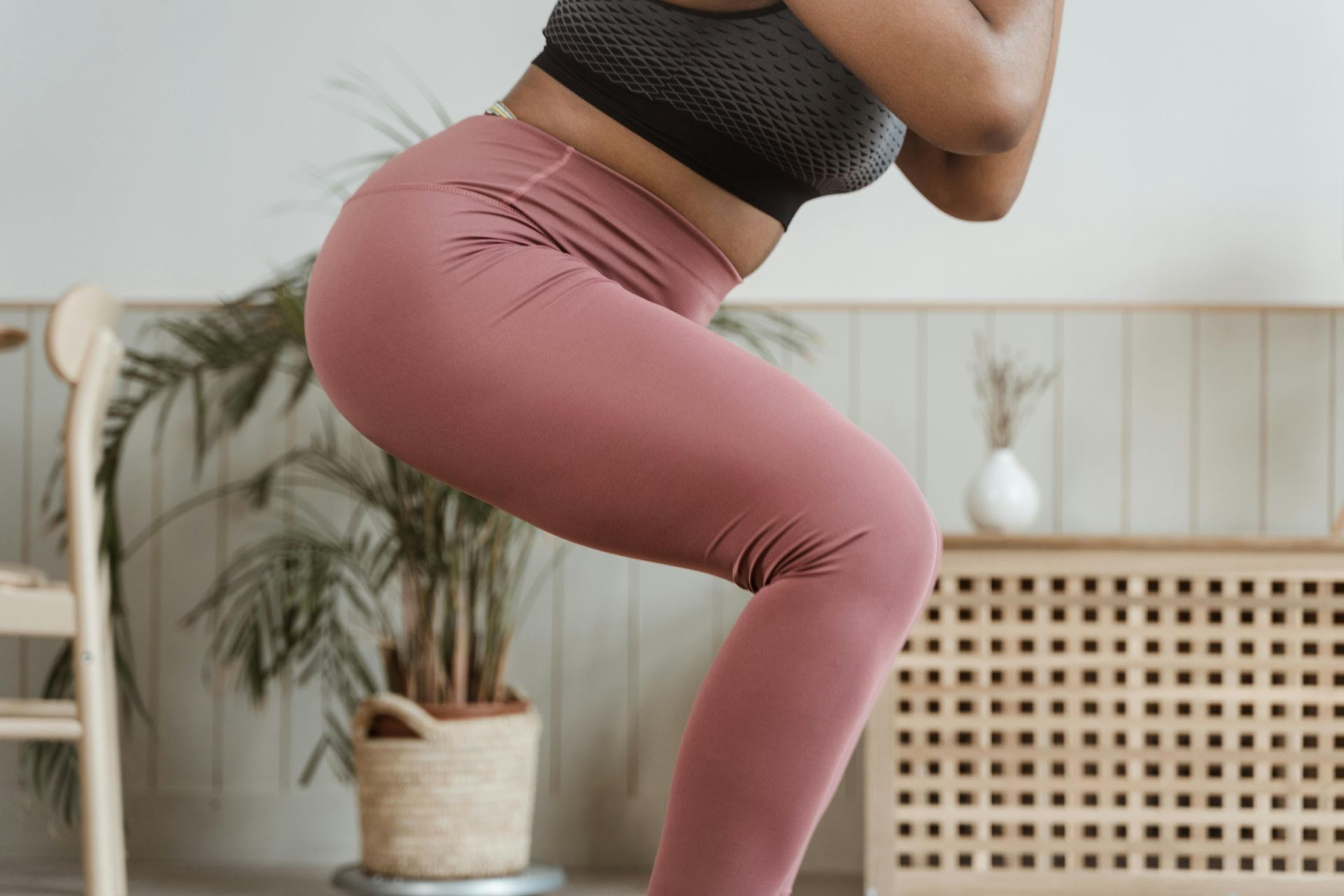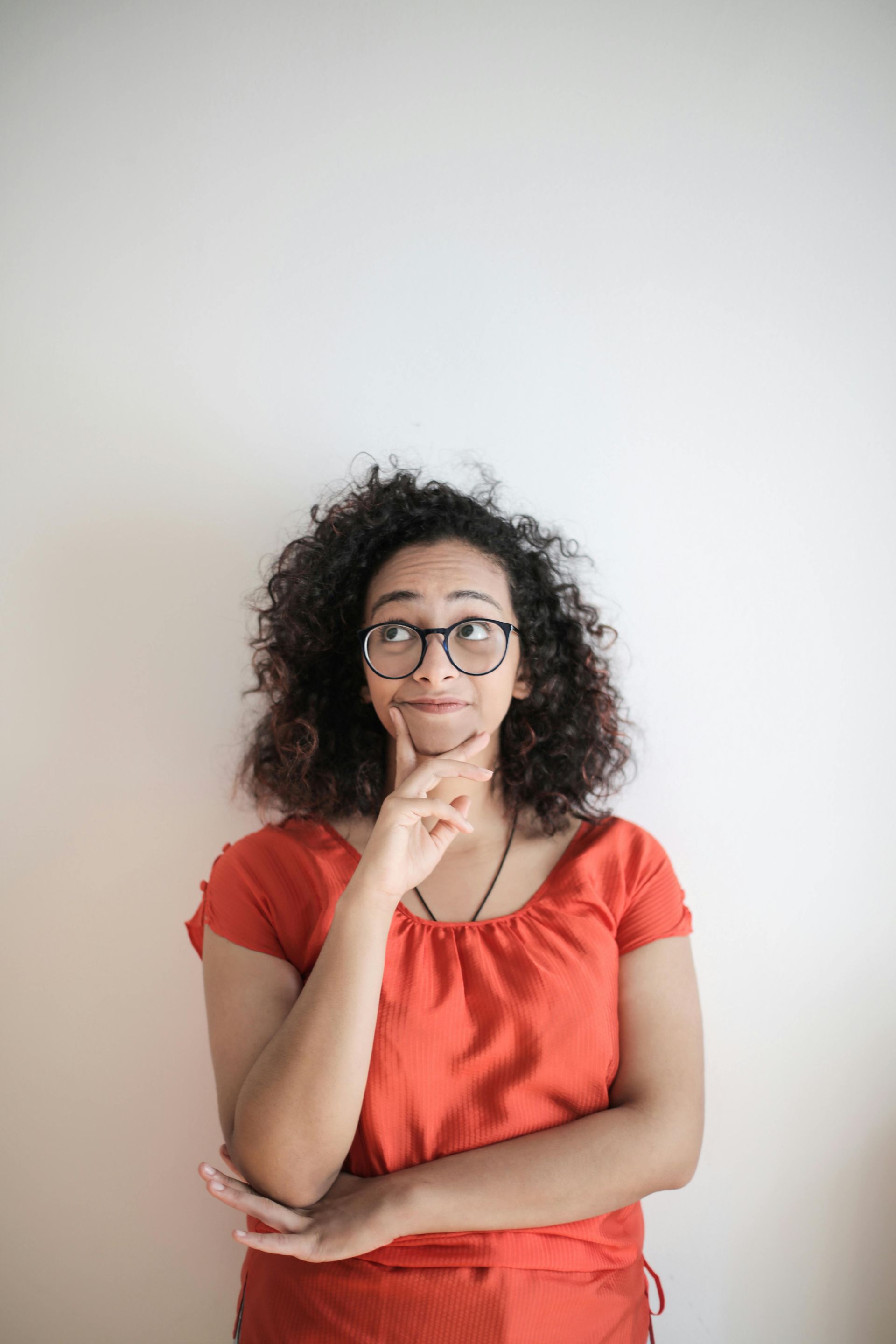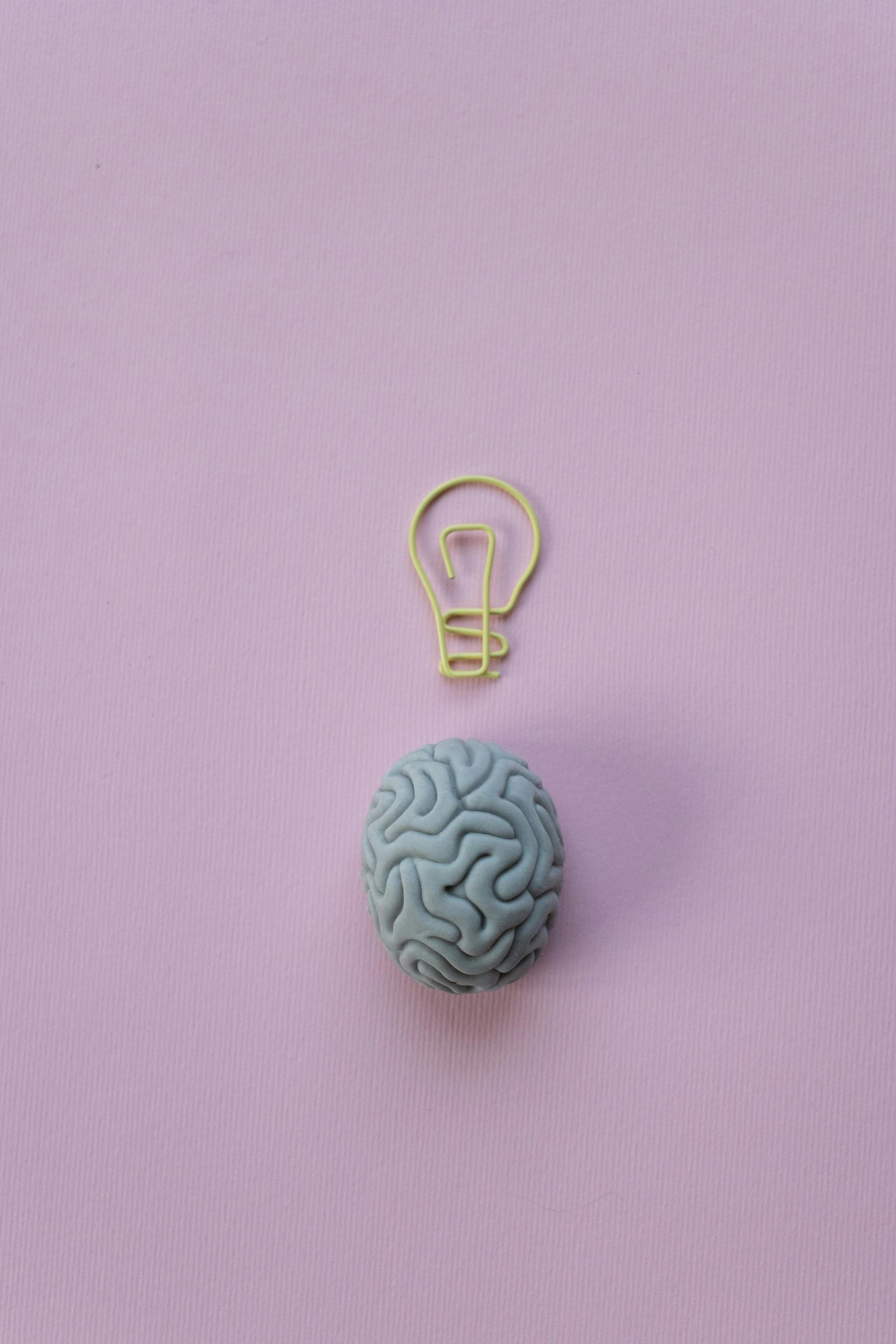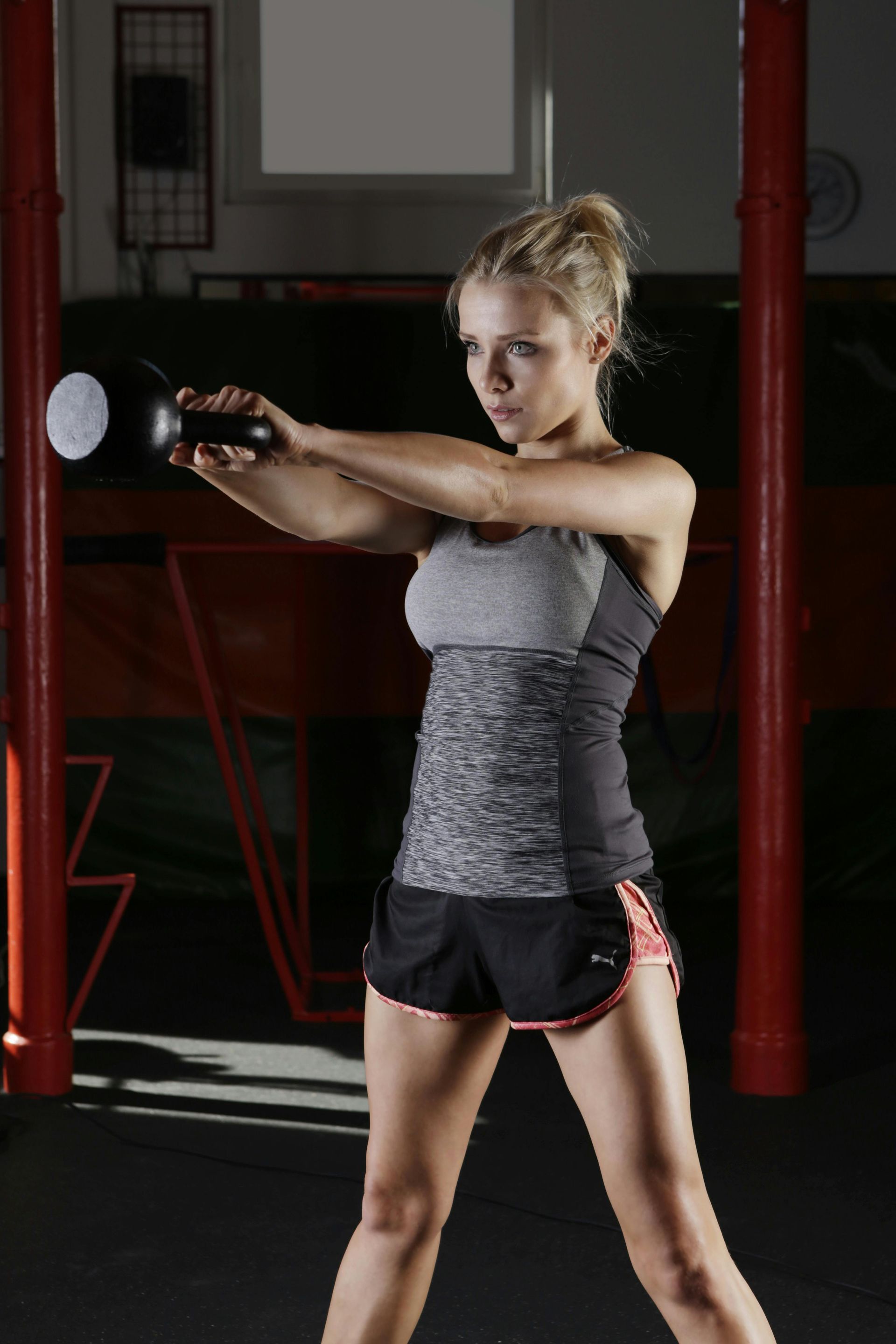What to expect at your first Belly Dance class
Jane Arlow • November 6, 2020
Are you ready for a shimmy?
I'm back with Fiona this week in advance of our fantastic Introduction to Belly Dance workshop on 15th November. If you didn't read the blog about how Belly Dance can improve your core strength last week, you can click back to it here.
Fiona, what can we expect at this class?
Expect to have a lot of fun! We're going to learn the basic movements of Belly Dance and by the end of the class, we'll have learned a dance called "the Drum Solo".
What's a Drum Solo?
It's a fun, fast paced, expressive dance where most of the movement includes shimmies as well as some other Belly Dance movements. It's a great way to experience the earthy rhythm and sounds of traditional Middle Eastern instruments.
The Drum Solo is usually performed to a traditional drum called the Dumbek or Egyptian Tabla, which provides the rhythm. It can also be accompanied by other traditional drums and tambourines, as well as full size and finger cymbals - the finger cymbals can be played by the Belly Dancer!
What will we actually be doing in the class?
We'll start the class with the fundamental movements and the posture and alignment for performing the exercises and movements safely. After we've warmed up and stretched a little, we'll learn a few basic movements which we'll build into the choreography.
As this is an introduction class, the focus is more on introducing the basic movements and experiencing how the dance can feel in your body.
OK, Fiona, the important questions now...what shall I wear?
You don't have to wear anything special, but make sure that you pick something that you can move freely in. You absolutely do not have to bare your belly if you don't want to.
Any elasticated , yoga or harem pants that fit comfortably and securely on the hips are great. If you prefer loose fitting pants, just make sure that they’re not too long as you don’t want to be stepping on the bottoms!
You will also want to tie something like a belly dance coin belt or scarf around your hips as the weight of the scarf really helps to feel the movement of the hips and the coins make a wonderful sound when you shimmy.
Don’t worry if you don’t have a coin belt! a tasselled scarf, triangular scarf, sash or any other scarf or fabric that you can tie around your hips will do, as you will benefit from the feeling of having something tied around your hips. (you can get these on Amazon - look for a "belly dance scarf". I've also spotted some on Etsy)
Obviously, you don't have to dress up....but it really helps to get into the spirit and mood of the dance. So, go ahead, wear your make-up and big sparkly, jangly jewellery or a glitzy top and pants (as long as it’s comfortable and you can move in them).
Don’t worry or feel disappointed if you think that you don’t remember everything. This is an introduction, and you are not expected to remember everything. The main aim of this class is for you to relax and have fun and experience the joy of the music and dance, and moving your body in a different way.
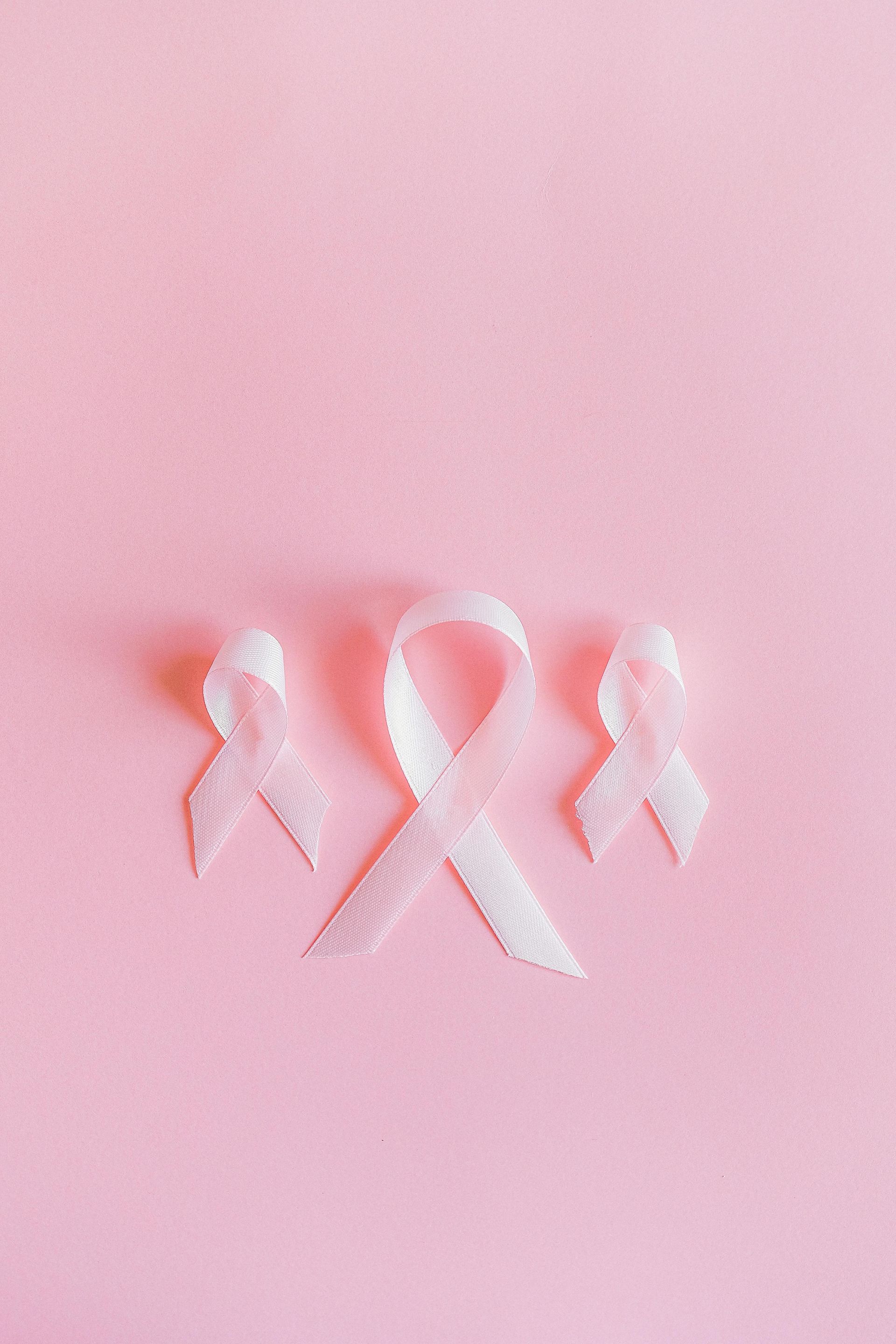
October's Breast Cancer Awareness Month and if you haven't done it recently, please let this be the nudge you need to give them a good feel up. Here 's a link to the NHS website below showing how to perform your check and what to look for. If you're one of my gentlemen readers, please don't think this doesn't apply to you. It does. Men can still get breast cancer. And if you find something that doesn't seem right, please contact your GP as soon as possible. 80-90% of lumps are likely to be benign, but for the small percentage of those that aren't, early detection and treatment are your best chances of having successful treatment and being around to annoy friends and family for a long time. Don't skip your mammogram I know having mammograms is really uncomfortable. But this is one of the best ways to check for cancers that aren't otherwise easily spotted. So if you get invited, please go. (And don't skip your smear test either!!!) Know your risk factors 1 in 7 women will get breast cancer in their lifetime. Here are some of the risk factors: - Age : older women are more likely to get breast cancer than younger women and age is the highest risk factor. - Genetics : Breast cancer risk is higher if you have first-degree relatives who've had it (although 85% of women with a relative with breast cancer WON'T get it). - Breast density (relates to the percentage of non-fatty tissue): the risk is highest for those with the most dense tissue. You can ask your radiographer to tell you whether you have dense tissue at your mammogram. - Lifestyle factors: These include having overweight or obesity, alcohol consumption, tobacco use and insufficient physical activity. - Exposure to endocrine disrupting chemicals: These "forever" chemicals, such as pthalates and parabens, show up in makeup and toiletries. Risk doesn't normally come from one exposure to one chemical, but from prolonged exposure to many different chemicals over a long period of time. You can read more about the risks here It's worth noting that even if you get a diagnosis, it's unlikely you'll ever know if there was "one thing" that caused it. What happens if you get a diagnosis of breast cancer? I am in no way competent to comment on the treatment plan your medical team recommend for you. Everyone I know who's had breast cancer has had a different treatment plan, depending on: the stage of cancer; whether it had spread further; whether it was hormone-receptive; whether it was due to genetic mutation; and the age of the woman. I do know that for all of us, it was a really scary time. You should be given access to resources outside of the surgical and oncology team, often via a Macmillan nurse, who can answer questions on topics from your treatment and reactions, to claiming for extra benefits. They're also great if you're not sure what questions to ask. While you're in the heat of the panic, it can be difficult to think clearly about what you need to know. Using "what should I be asking that I'm not?" is super helpful. Keep moving after your diagnosis, during and after treatment The one thing I can advise you on with all confidence, is to keep moving. Exercise is safe, possible and helpful for individuals with breast cancer, throughout the treatment cycle. In fact, international guidelines say you should try to get back to your normal activities as soon as possible. Exercise can help reduce the risk of cancer coming back; and may stop stage 1 cancers from growing further; and can also reduce treatment side effects like tiredness, cognitive impairment or lympoedema. Yes, you may need to dial back your usual activities if treatment leaves you feeling exhausted. But whenever you can, please aim for 150 minutes of exercise in every week. Many forms of treatment also lead to a higher osteoporosis risk, so please also do resistance-based and/or some impact-based exercise every week. I'd also recommend paying attention to shoulder mobility. Scar tissue and "guarding" of surgery sites can reduce your range of movement a lot. Check in with your medical team to confirm if there's any specific movements you should avoid during your treatment plan, and when you'll be signed off to go back to them. One last piece of advice someone else gave me... When you tell people you have cancer, a lot of them will have an opinion on your treatment plan. Especially if they're of the "my friend cured their cancer by just eating this one thing.." type. Unless this person is an oncologist, you can safely ignore them! So, what are you still doing reading this? Go off and give yourself a fondle!


